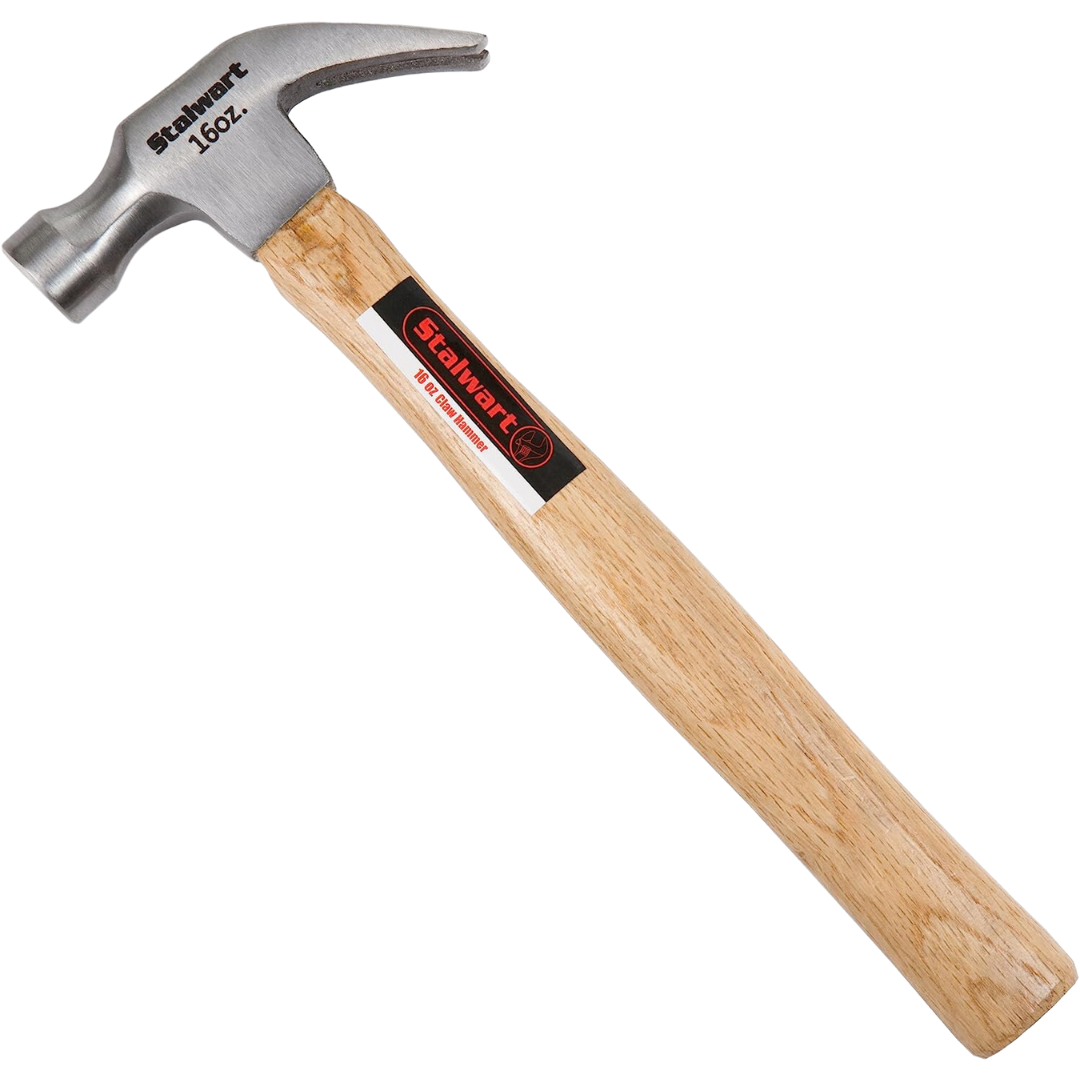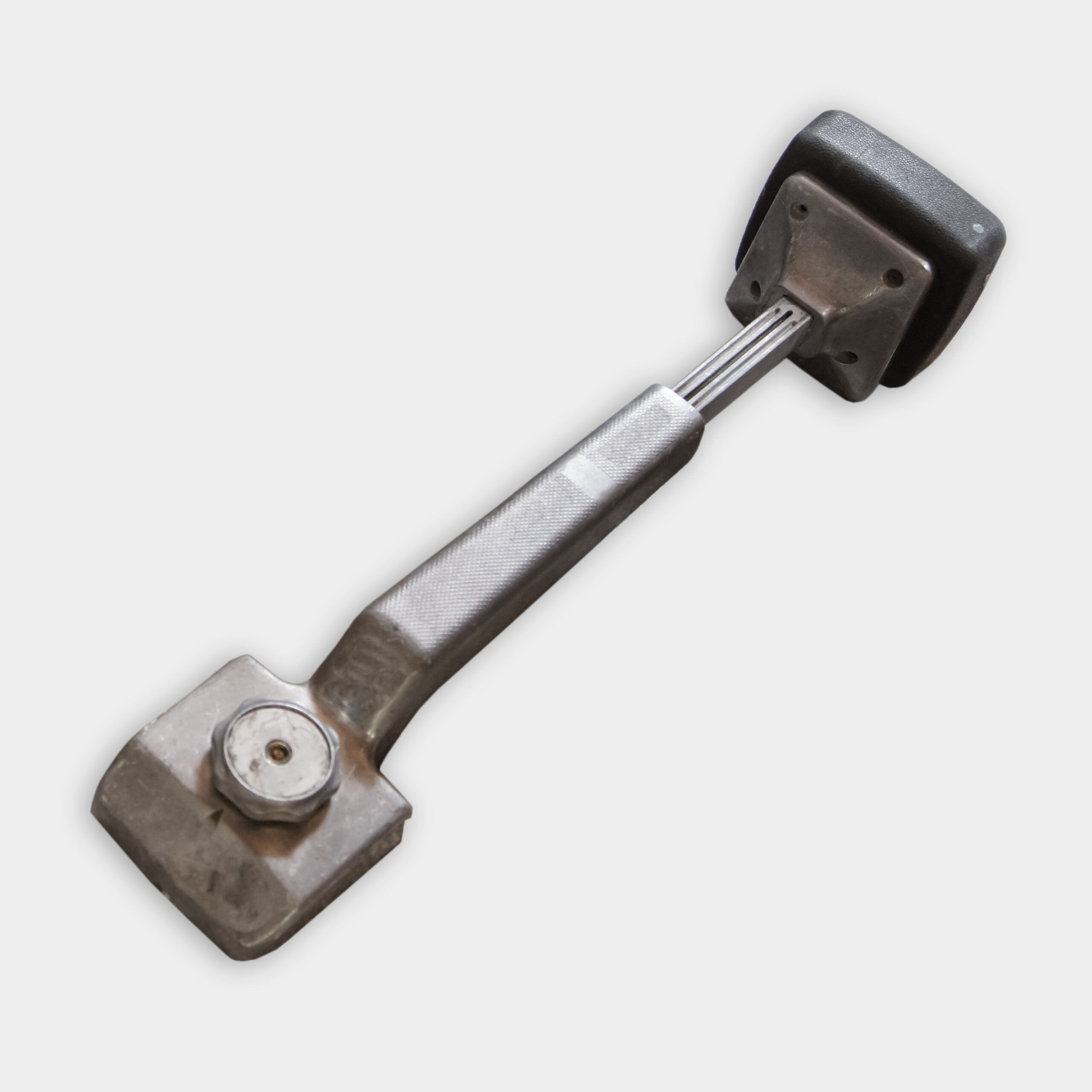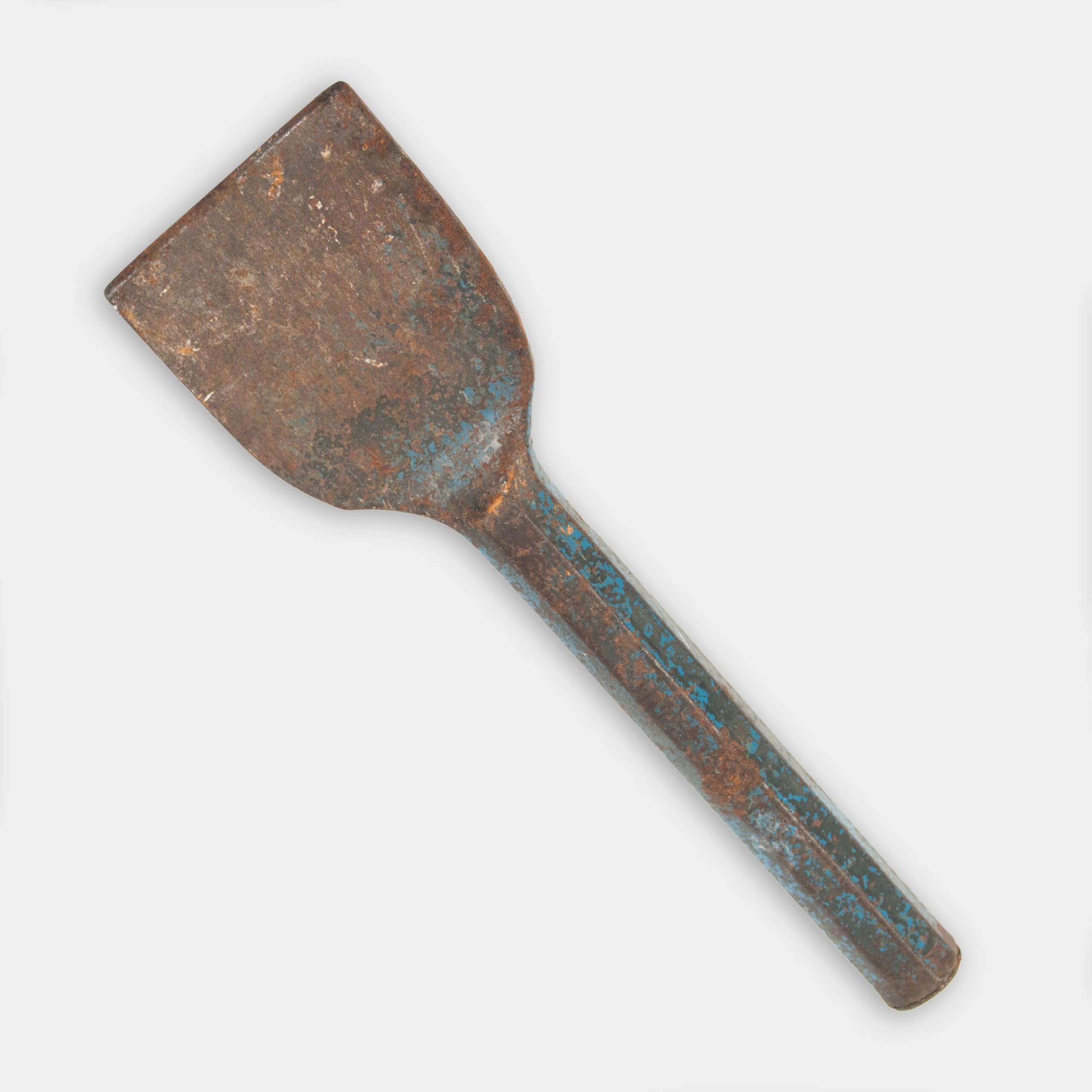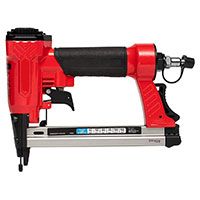We may be compensated if you purchase through links on our website. Our team is committed to delivering honest, objective, and independent reviews on home products and services.
Loose or bunching carpet can be more than just an eyesore—it’s a potential tripping hazard that needs immediate attention. Repairing loose carpet is a manageable DIY project that can be completed in less than an hour with the right tools and techniques. In this guide, we’ll walk you through the process of fixing loose carpet, focusing on stair treads where the problem often occurs. In the video above, This Old House general contractor Tom Silva helps Richard Trethewey with his stair carpeting.
What Causes Carpet To Come Loose?
Loose carpet on stairs is a common issue that can develop over time due to regular foot traffic and the natural stretching of the carpet fibers. The primary culprit is often a detached tackless strip, which is responsible for holding the carpet in place. Here are a few reasons why carpet can become loose:
- Age and wear of the carpet
- Damage to the underlying tackless strip
- Heavy foot traffic
- Humidity changes causing the carpet to expand and contract
- Improper initial installation
Loose carpet, especially on stairs, poses a significant tripping hazard. Plus, bunching or loose carpet detracts from the overall look of your home. Properly secured carpet lasts longer and maintains its appearance better.
Tools and Materials Needed To Repair Loose Carpet
Gather the following tools and materials for this project:
- 1/2-inch staples
- Floor chisel
- Hammer
- Knee kicker
- Pneumatic narrow-crown stapler
- Replacement tackless strip (if needed)
- Safety glasses
- Work gloves
Step-by-Step Repair Process for Loose Carpet
Follow these steps to repair loose carpet on stairs:
- Inspect the damaged area and identify the loose section of carpet.
- Carefully fold back the loose piece of carpeting to expose the stair tread.
- Examine the tackless strip. If it’s damaged or missing, replace it with a new one.
- Reattach the tackless strip to the stair tread, ensuring you don’t nail it back into the old nail holes.
- Pull the carpet around the nosing of the stair.
- Use the knee kicker to stretch the carpet tight across the stair tread.
- While using your knee to push against the kicker, use a hammer and flooring chisel to tap the carpeting down into the corner where the tread meets the riser.
- Verify that the tackless strip securely grabs the carpet.
- Use a pneumatic stapler with 1/2-inch-long staples to fasten the carpeting to each tread.
- Repeat the process for any other loose sections on the stairs.
Proper Use of the Knee Kicker
The knee kicker is an essential tool for this repair. Adjust the depth of the teeth on the knee kicker based on the thickness of your carpet pile. Position the head of the knee kicker about 6 inches from the wall or riser. Push forward with your knee while the teeth grip the carpet to stretch it tight. Move the kicker along the width of the stair, repeating the process to ensure even tension.
Securing the Carpet
After stretching the carpet with the knee kicker, use the floor chisel and hammer to press the carpet into the gap between the tread and the riser. Make sure the carpet is firmly gripped by the tackless strip. Use the pneumatic stapler to secure the carpet to the tread, placing staples every few inches along the edge.
Preventive Measures To Prevent Loose Carpet
To minimize the likelihood of the carpet coming loose in the future, take the following steps:
- Vacuum regularly to prevent dirt and debris from wearing down the carpet fibers.
- Use a carpet rake periodically to lift the pile and prevent matting.
- Invest in annual professional carpet cleanings to maintain the carpet’s integrity.
- Install carpet runners on high-traffic areas of stairs to reduce wear.
Addressing Other Common Carpet Issues
While fixing loose carpet on stairs, you may encounter other common carpet-related problems. For example, carpet bunching often occurs in larger rooms. Remove furniture and stretch the carpet from wall to wall. Use a power stretcher for large areas, as a knee kicker may not provide sufficient tension. Trim excess carpet if necessary and reattach it to the tackless strips around the room’s perimeter.
If carpet seams are separating, clean the area and apply a specialized carpet seam sealer to rebond the edges. Use a seam roller to press the edges together firmly. Allow the sealer to dry completely before walking on the area.
Tackling Common Staircase Issues
When repairing carpeted stairs, address any underlying issues with the staircase itself.
Squeaky stairs are a frequent issue that can be tackled while fixing loose carpet. Identify the squeaky step by walking on the stairs and listening for creaks. Use screws to reinforce loose stair treads. Be cautious not to damage the carpet. Apply a dry lubricant between the treads and risers to minimize friction and noise.
You should also take this time to inspect stair railings and balusters for any instability or damage. Tighten loose components or replace damaged parts as needed. Examine the stair treads and risers for wear or damage, making necessary repairs to maintain the structure’s integrity.
Maintaining Carpet on Stairs
Perform routine inspections of your carpeted stairs to catch any issues early. Look for signs of wear, fraying, or loosening. Check the tackless strips and ensure they remain firmly attached. Confirm that the carpet remains tightly secured to prevent tripping hazards.
Proper cleaning can also extend the life of your carpet and keep it looking fresh. Here are a few tips:
- Blot spills immediately to prevent stains from setting in.
- Use cleaning products specific to your carpet type to avoid damaging the fibers.
- Vacuum your stairs regularly, paying attention to the edges where dirt can accumulate.
When To Call a Professional to Repair or Replace Carpet
While many carpet repairs can be DIY projects, the following situations may require professional assistance:
- Carpet that needs to be completely re-stretched
- Extensive damage covering large areas
- If you lack the necessary tools or experience for a safe and effective repair
- Repairs in rooms with complex layouts or built-in features
Professional carpet installers have specialized tools and expertise to handle more challenging repairs.




